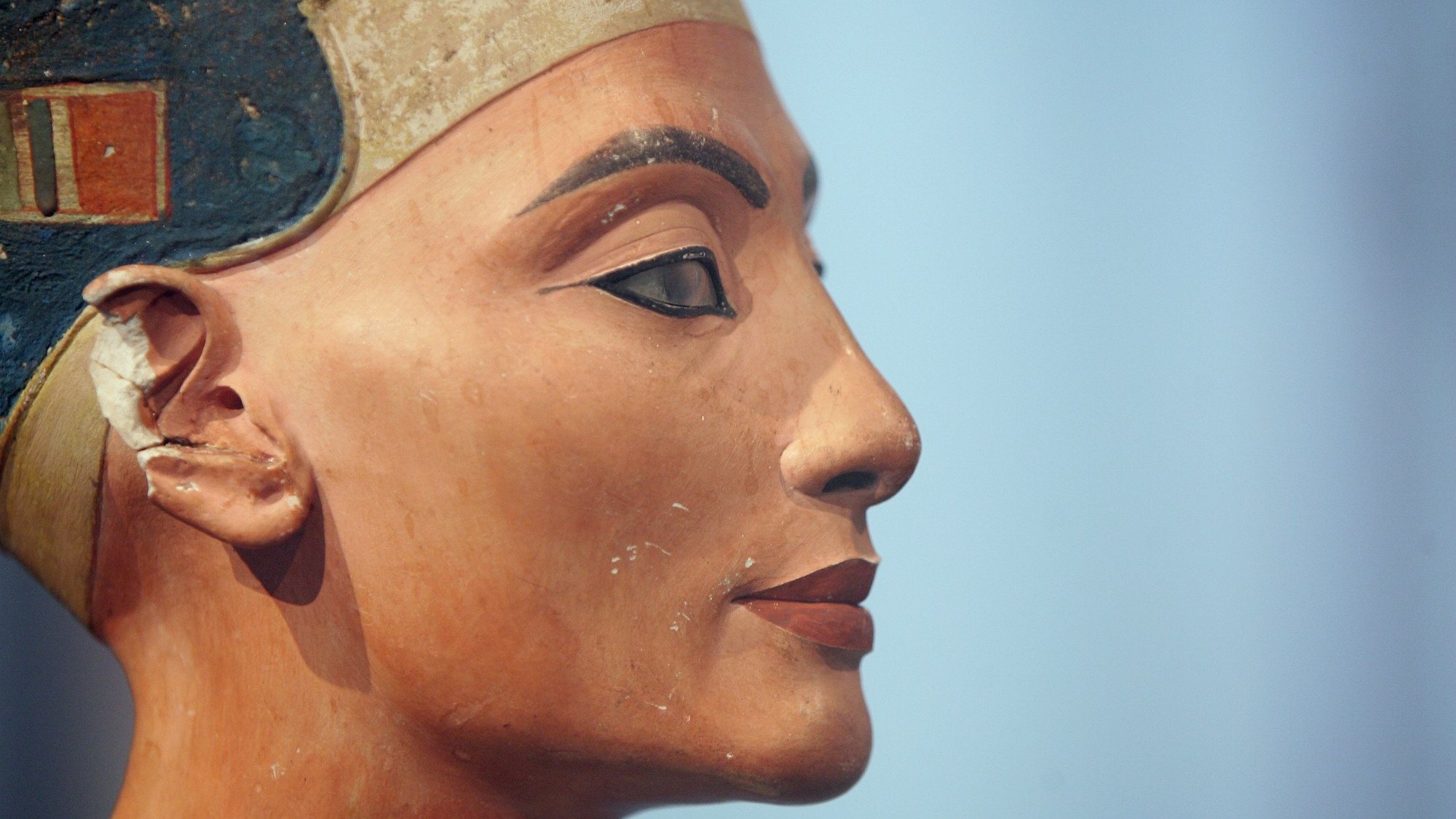The theory that Tutankhamun’s tomb in the Valley of the Kings hides a secret entrance to Nefertiti’s tomb is not new, but Nicholas Reeves, one of its main proponents, believes he has found new evidence to help support it.
The former curator of the Department of Egyptian Antiquities at the British Museum in London discovered that the cartouches in Tutankhamun’s tomb showing the pharaoh being buried by his successor Ay were painted over others depicting the burial of Nefertiti, wife of Akhenaten, father of the famous king of egypt .
Nicholas Reeves explained to The Guardian that “close inspection of Ay’s cartouches revealed clear traces of the existence of an earlier name, that of Tutankhamun.” In its initial version, the dinner that shows Ay to perform the ritual of “opening the mouth” represents the character of Akhenaten “to perform the funeral rites of the original don of the tomb, or his predecessor, Nefertiti”, who succeeded Akhenaten on the throne Egypt.
“This conclusion finds confirmation in the facial profiles of the figures — (…) precisely the standardized facial contour adopted for official representations of Tutankhamun at the beginning of his reign. It could be said that the face of the mummy has the characteristic features of Nefertiti. The scene began as a record of Tutankhamun officiating at the burial of his ancestor, ”said the Egyptologist.
In the view of the former curator of the British Museum, the discovery of the ancient cartouches supports the theory that Tutankhamun’s tomb occupies only part of a much larger complex “prepared and occupied” by Nefertiti.
In 2015, Nicholas Reeves published a scientific paper arguing that Tutankhamun’s tomb hides an entrance to Nefertiti’s tomb. Reeves supported the theory using high resolution images of the pharaoh’s crypt, which supposedly indicate the existence of two entrances to compartments not yet explored. The “discovery” was classified as inconclusive by other researchers.
The new evidence is part of Reeves’ new book, a new edition of The complete Tutankhamun, first published 30 years ago and long out of print. The volume will be published on October 28 by Thames & Hudson.
Source: Observadora
